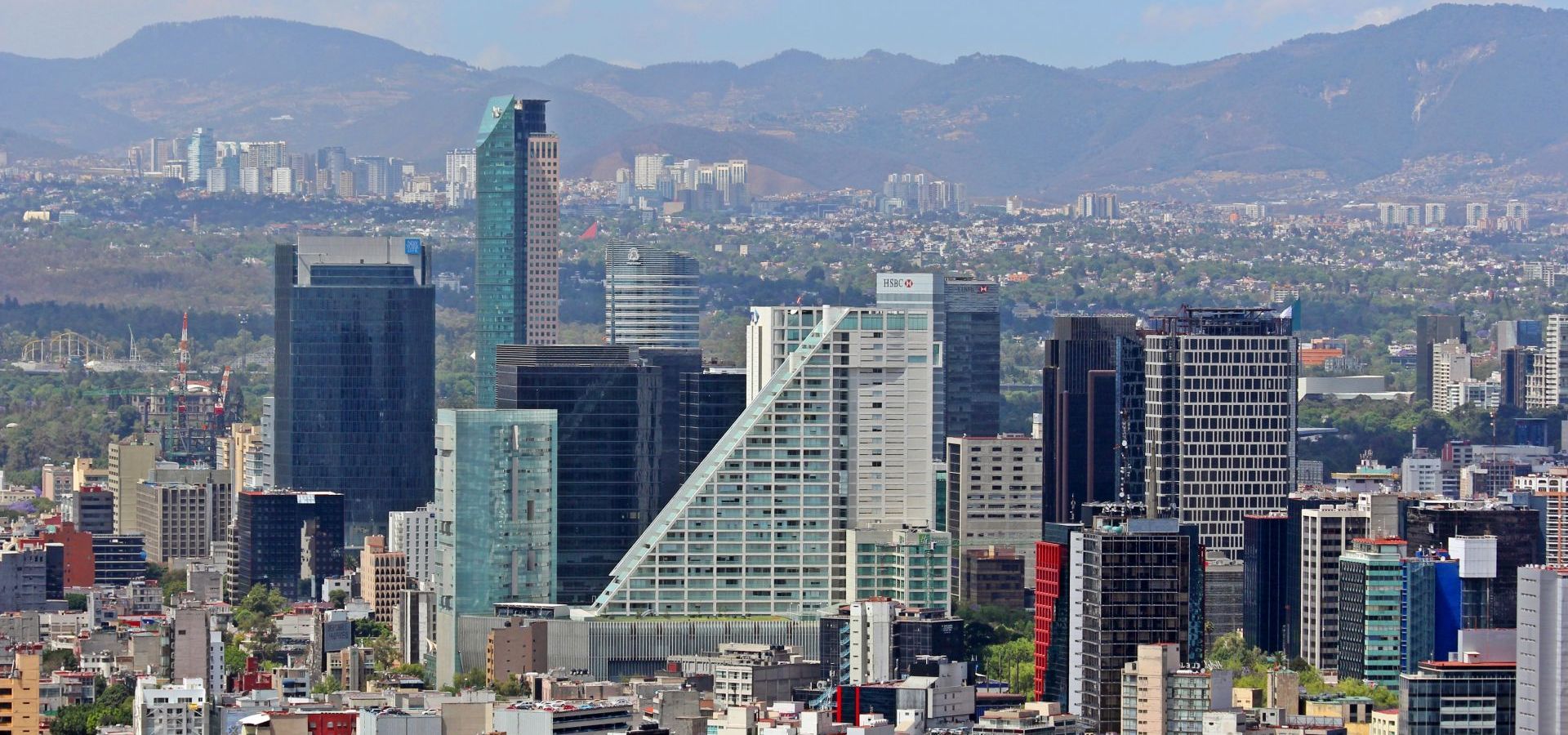In Mexico, energy consumption in buildings are still very high. Lillian Sol Cueva shows how two sets of measures could considerably reduce Mexico’s energy consumption.

There are two set of measures to reduce energy consumption in buildings in Mexico. (Photo by Alejandro Islas, modified, CC BY 2.0)
Energy consumption in buildings (residential, commercial and public) covers a number of services, mainly lighting, refrigeration, cooking, water heating, air conditioning and other electricity related end-uses. According to the 2014 National Energy Balance, final energy consumption in buildings represented almost 19% of the total final energy consumption in Mexico.
Recently, there have been significant advances to reduce energy consumption in buildings in Mexico. These reductions have been triggered through national norms that govern the maximum energy consumption per appliance and through national programs to make these devices available; for example, NOM-015-ENER-2012 and the Program “Change the Old for a New One” (Programa “Cambia tu Viejo por uno Nuevo”) on energy efficiency of refrigerators, and NOM-028-ENER-2010 and the “Save the Light” Program (Programa “Ahórrate la luz”) on energy efficiency of commonly used lamps (i.e. fluorescent vs. incandescent bulbs). According to the National Commission of Efficient Energy Use (Comisión Nacional de Uso Eficiente de Energía, CONUEE), between 1996 and 2014, the cumulative energy saving of all measures was 175,000 GWh, worth 175 billion pesos for consumers (around 9,54 billion US dollars) and 350 billion pesos (around 19,08 billion US dollars) for the national budget from 1996 to 2014. However, energy savings have not occurred everywhere.
In the northern region, energy consumption increased by 8% during the same period due to the high percentage of energy used for heating. According to CONUEE, 30% of the energy use in buildings is for heating and cooling, putting it way above the energy consumption of appliances and lighting. In general terms, the climate in Mexico is mild in the south and extreme in the north (very cold during winter and very hot during the summer months). Since the implementation of the government measures have exclusively focused on improving appliances rather than including thermal cladding and insulation of buildings, the total amount of energy consumed has increased and will continue to increase over time, not just in the north but also in the south where the average temperature has also risen in the last few years due to climate change.
Needed measures
According to Miguel Silva, a technical expert of the Alliance for Energy Efficiency (Alianza por la Eficiencia Energética, ALENER), there are two set of measures that can effectively reduce energy consumption of buildings in Mexico. First, it is necessary to apply passive measures that decrease energy demand of buildings, and then define active measures that increase energy efficiency of equipment, systems and installations.
Some of the most urgently needed passive measures in Mexico are the efficient evaluation of buildings in the design process before construction, better selection of appropriate building materials, and funding of energy efficiency programs for refurbishment of existing buildings. Taking into consideration that the benefits of these measures are for the buyers rather than the builders, it is important to create incentives or penalizations for construction companies to follow these guidelines. Of course it is also necessary to have sufficient infrastructure and evaluation units in the National Commission of Efficient Energy Use to assure a wide implementation of the energy efficiency standards.
On the other hand, some of the most needed active measures in Mexico are the promotion of high-energy-efficiency appliances and HVAC (heating, ventilation and air conditioning), which are still expensive for low-income households and that still are not widely available in the Mexican market.
Consequently, a strategy to reduce the national and regional energy consumption in buildings in Mexico must include efficient, affordable, and high impact technologies, materials and practices; a market that could make available cost-competitive technologies, systems and components; and the compliance of norms and codes that could make all this possible. The reduction will first and foremost benefit the Mexican people (less money being spent on electricity bills), but also the national government (less money being spent on subsidies) and the global environment (less carbon emissions being emitted).